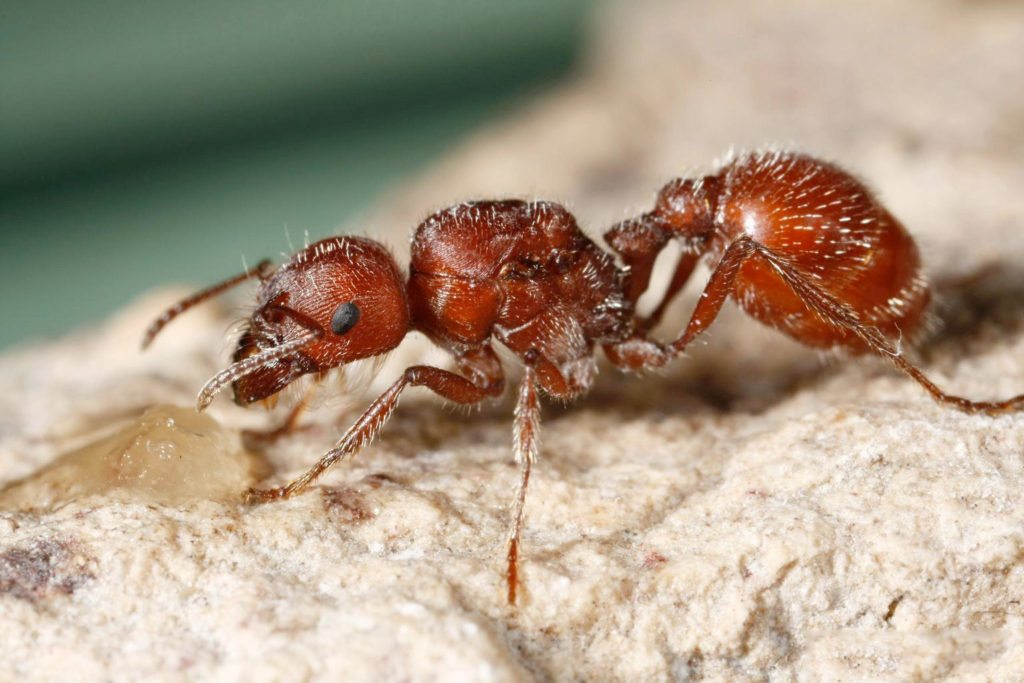One way to create a wildlife shot with impact is to use macro techniques to zoom in on a creature we don’t often get to see in detail. If you can also capture something about their behaviour that often goes unseen then you really do have an interesting photo. We spoke to John Humphrey about this fantastic shot of leafcutter ants for his insight into this process. “One of the attractions is an ant house in which leafcutter ants transport leaves into their nest by crossing a rope bridge. I was asked to take some photographs of the ants in action to use on the Butterfly World website. My requirements were pretty simple. I wanted a picture with more than one ant, all moving in the same direction, all in sharp focus, with at least one carrying a leaf. However, ants do not pose for photos and I took hundreds before getting a few that met the criteria.”

How exactly then did he go about capturing the behaviour of these ants close-up while keeping their movements frozen? “Leafcutter ants are a nightmare to photograph! As well as being very small, they are in constant fast motion. The lighting in the area is designed to suit the ants, not the photographer, so I realised that I would have to use flash lighting to give sufficient light for the photographs and freeze the ants’ movement. My main concern was to find a position that would enable me to get close to the ants and avoid taking pictures through the glass side of their enclosure. This involved a rather precarious positioning on top of a stepladder. Butterfly World kindly allowed access out of hours to avoid getting in the public’s way.
The key to macro shooting is to have a lens that allows you to focus up close. Macro lenses will have very small depths of field, so you have to be very accurate. “The camera body was a single lens reflex Canon EOS 5D Mk III; the lens was the Canon MP-E65 lens, which delivers up to five times magnification; and the ring flash was Canon’s Macro Ring Lite MR-14EX. The MP-E65 lens cannot be conventionally focused. You need to be in the right position to focus the image.”















